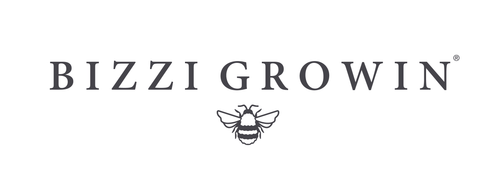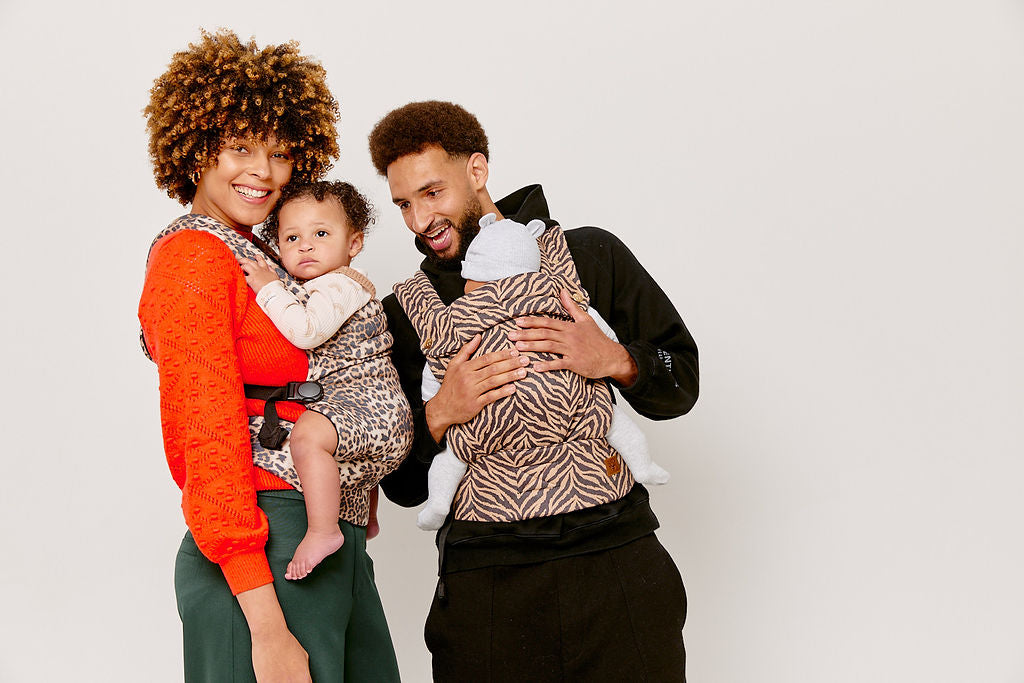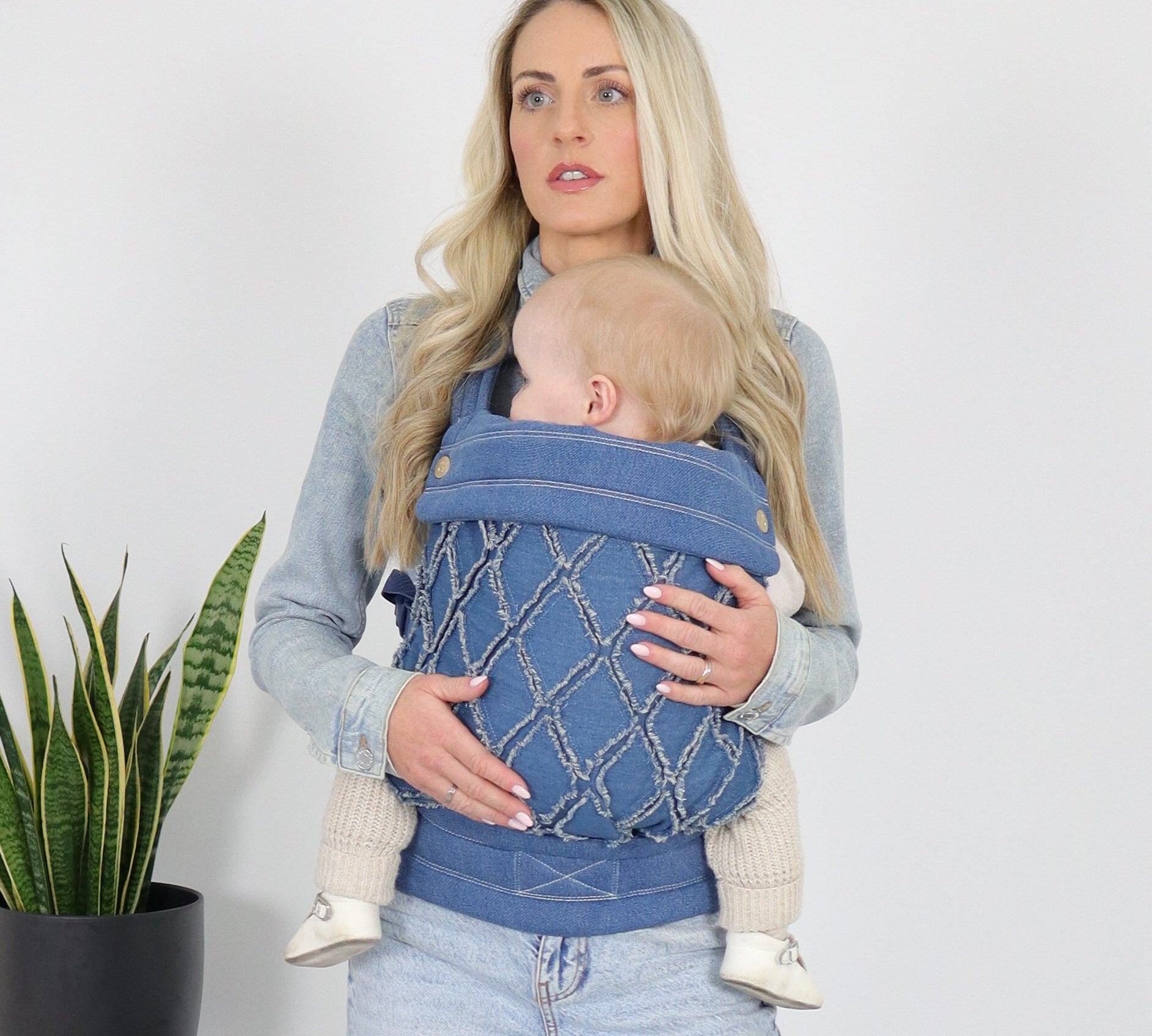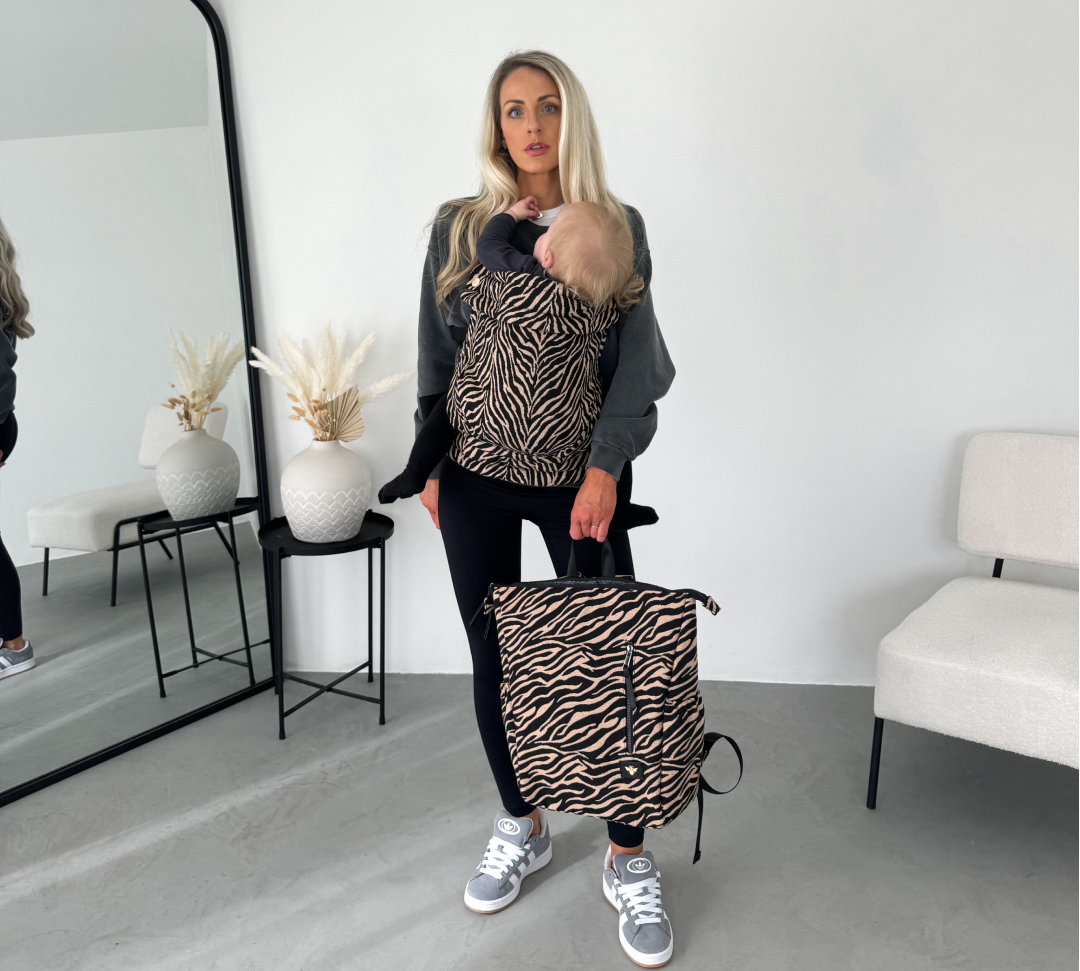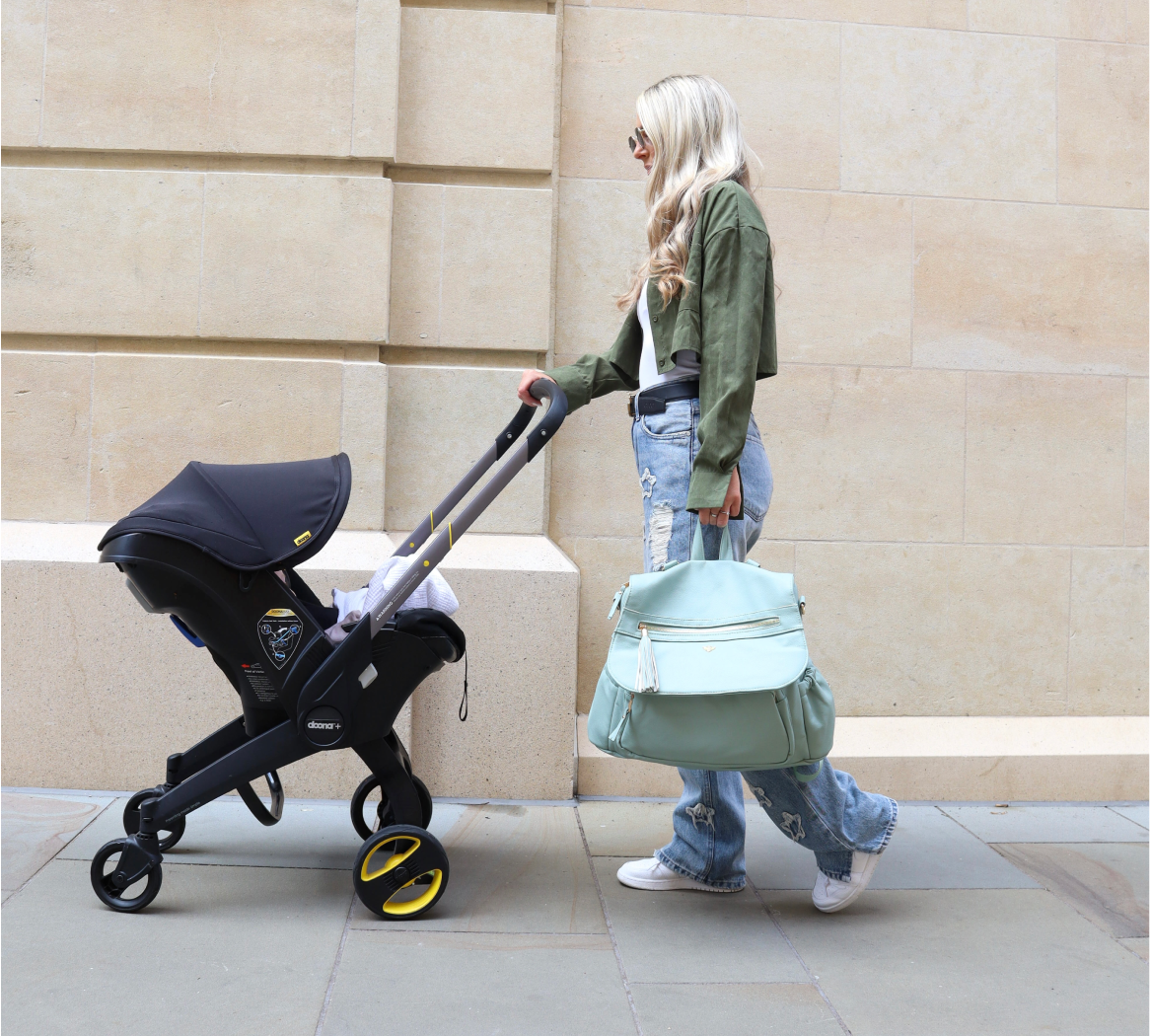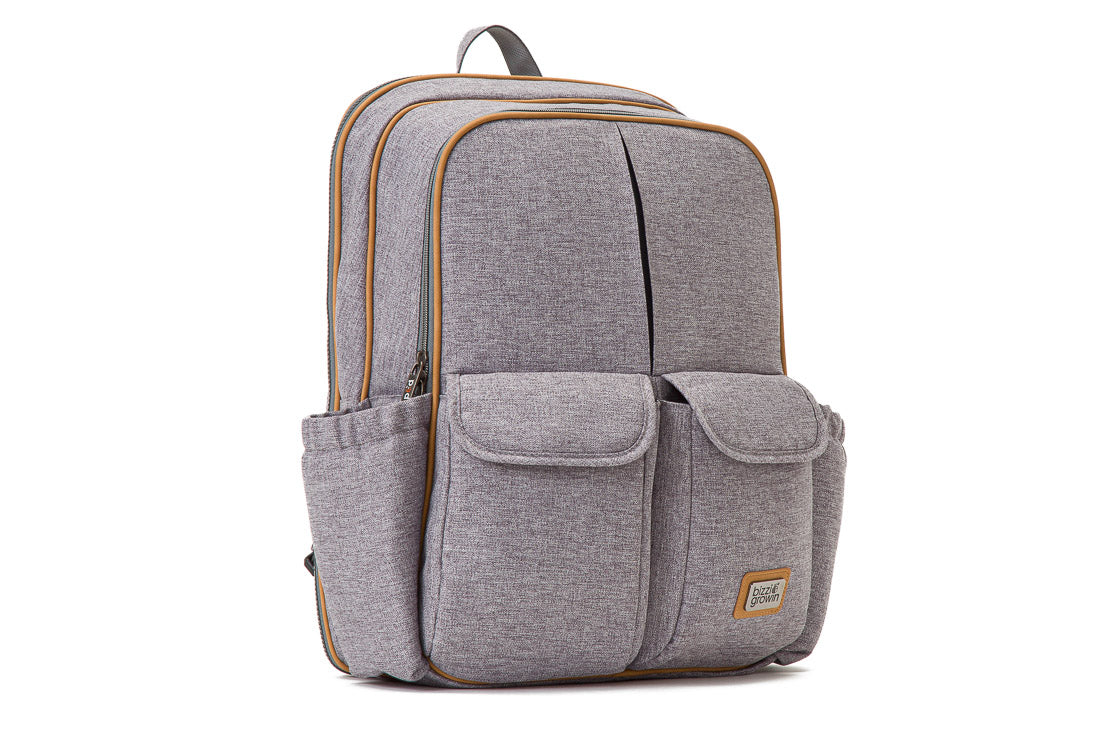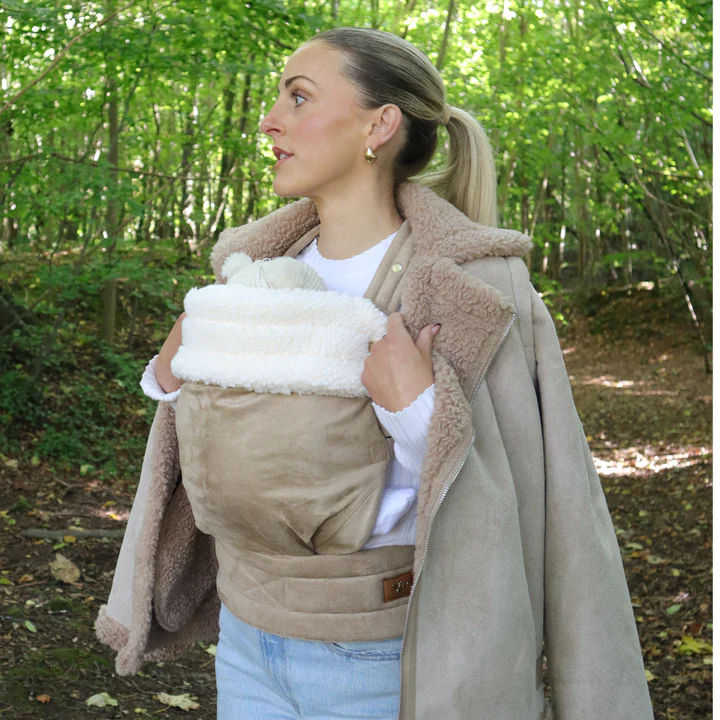The concept of baby wearing has been around for centuries, with the papoose baby carrier being one of the most traditional and time-honoured ways to carry a baby. Originating from Native American cultures, the papoose was designed to keep babies close to their mothers while allowing freedom of movement. Over time, the design has evolved to meet the needs of modern parents, blending ancient practices with contemporary comfort and convenience. Today’s papoose baby carriers retain the essence of traditional baby wearing while offering ergonomic designs and lightweight materials to ensure both parent and baby experience maximum comfort.
In this article, we will explore the rich history of the papoose baby carrier, how it has been adapted for modern use, and why it remains a popular choice among parents today.
The Origins of the Papoose Baby Carrier
The word "papoose" comes from the Algonquian language and means "baby." Native American women traditionally used papoose baby carriers to secure their infants while they went about daily tasks. The original carriers were often made from natural materials like leather and wood, with babies swaddled tightly and fastened securely to a cradleboard. This design not only kept babies close but also provided them with a sense of security, as the tight swaddling mimicked the comfort of the womb.
In these cultures, supporting the baby in a papoose was seen as essential for the child’s wellbeing, and the upright position promoted by the cradleboard was believed to encourage physical development. Additionally, the papoose allowed mothers to keep their hands free, making it easier to gather food, prepare meals, or tend to other children, all while keeping their baby within arm’s reach.
Modern Adaptations of the Papoose Baby Carrier
While the traditional papoose was highly functional, today’s baby carriers have evolved to provide even greater comfort and versatility. The modern papoose baby carrier is made from breathable, lightweight fabrics and features padded straps for enhanced comfort. The ergonomic designs of these carriers ensure that the baby is positioned in a way that promotes healthy hip and spine development, crucial for newborns and growing infants.
One of the most significant improvements in modern papoose baby carriers is the ability to adjust the carrier for different positions. Many carriers, like the Wildcat Leopard print Baby Carrier, allow parents to switch between front-facing and inward-facing positions, depending on their baby’s developmental stage and preferences. The flexibility to use a front-facing baby carrier is particularly beneficial for older babies who are more curious about their surroundings.
In addition to comfort, today’s papoose carriers are designed with convenience in mind. They are easy to fold, lightweight, and can be stored in a nappy bag or suitcase, making them ideal for on-the-go parents. Furthermore, many brands offer the option to pay in instalments with Klarna, making high-quality carriers more accessible to families looking for practical and stylish baby-wearing solutions.
The Benefits of Baby Wearing with a Papoose Baby Carrier
There are numerous benefits to using a papoose baby carrier, both for the baby and the parent. First and foremost, baby wearing promotes bonding between parent and child. The physical closeness provides comfort to the baby, helping them feel safe and secure. This connection is especially important in the early months when babies rely on their caregivers for warmth and reassurance.
From a developmental perspective, wearing your baby in a papoose or similar carrier helps promote healthy hip positioning. Babies should be in the "M" position, where their knees are higher than their bottom, which supports the natural alignment of the hips and prevents issues like hip dysplasia. Most modern papoose carriers are designed with this ergonomic positioning in mind, ensuring that your baby is properly supported.
For parents, papoose carriers provide a hands-free solution to caring for their baby. Whether you’re doing household chores, shopping, or taking a walk, the papoose keeps your baby close without restricting your movement. This convenience makes it easier to navigate busy environments where pushing a pram may be challenging, such as crowded public spaces or narrow paths.
Choosing the Right Papoose Baby Carrier
When selecting a papoose baby carrier, there are a few factors to consider to ensure that both you and your baby are comfortable. The material is one of the most important aspects to look at. Choose a carrier made from soft, breathable fabric to keep your baby cool in the summer and warm in the winter. Look for options with padded straps and a wide waistband to evenly distribute your baby’s weight and reduce strain on your shoulders and back.
Adjustability is also key. Many papoose carriers, including the Wildcat Baby Carrier, are designed to grow with your baby, offering multiple carrying positions to accommodate different stages of development. A carrier that offers both front-facing and inward-facing options is ideal, as it gives you flexibility based on your baby’s age and preferences.
Finally, consider how easy the carrier is to use. Some baby carriers can be complicated to put on, especially when you’re by yourself. Look for carriers that come with clear instructions or video tutorials to help you master the art of baby wearing quickly and confidently.
Safety Considerations for Papoose Baby Carriers
While baby wearing is a wonderful way to bond with your baby, it’s important to use your papoose carrier safely. Always ensure that your baby is positioned correctly, with their airway unobstructed and their chin not resting on their chest. This helps prevent any breathing difficulties.
Check that the carrier is securely fastened and that your baby is snug but not too tight. The carrier should hold your baby close to your body, but there should still be enough space for you to insert two fingers between the baby’s chest and your body. Always follow the manufacturer’s guidelines for weight limits and recommended carrying positions based on your baby’s age.
Conclusion
The papoose baby carrier may have ancient roots, but its modern adaptations make it an incredibly practical and comfortable option for today’s parents. Whether you’re looking for a carrier that promotes bonding, supports healthy development, or simply makes life on the go easier, the papoose offers a timeless solution. With options like the Wildcat Baby Carrier, which combines style, functionality, and ergonomic support, it’s easier than ever to enjoy the benefits of baby wearing.
For parents looking to invest in a high-quality papoose carrier without the upfront cost, many brands now offer the flexibility to pay in instalments with Klarna, allowing you to spread the cost while enjoying the freedom and connection that baby wearing provides. Explore our range of baby carriers and find the perfect fit for your family today!
